Rotifers are a cornerstone live food in marine aquariums and breeding projects, but sometimes cultures stall or crash, leaving aquarists frustrated. If your rotifers aren’t reproducing, several factors could be at play. Here’s how to diagnose the problem and get your rotifer culture thriving again, using proven practices and reliable products from algagendirect.com.
Check Water Quality First
- Ammonia & Nitrite: Even small spikes can halt reproduction. Check levels and perform partial water changes regularly to keep them near zero.
- Salinity: Maintain the optimal range for your rotifer species; most thrive at 1.015–1.018 specific gravity.
- Temperature: 24–28°C (75–82°F) is ideal for many Brachionus species.
Ensure Proper Feeding
- Live Microalgae: Feed nutritious live algae such as PhycoPure™ Reef Blend or PhycoPure™ Zooxanthellae for continuous nutrition.
- Consistent Dosing: Rotifers need a steady food supply—don’t let cultures become clear or the rotifers will starve and stop reproducing.
Harvest Regularly and Avoid Overcrowding
- Partial harvesting maintains population balance and prevents waste buildup that can stunt reproduction.
- Avoid letting tanks become too dense, as lack of oxygen and competition for resources quickly stalls growth.
Combat Contamination and Waste
- Watch for ciliates, copepods, or bacterial blooms—these can outcompete or prey on rotifers.
- Perform regular cleanings and use starter cultures if necessary to restart problematic batches.
Quick Reference Table: Rotifer Troubleshooting
| Problem | Possible Cause | Solution |
|---|---|---|
| Population crash | Poor water quality, starvation, or contamination | Check parameters, feed live algae, partial water changes |
| Low reproduction | Underfeeding or overcrowding | Increase feedings, harvest regularly |
| Ciliates/copepod invasion | Contamination | Restart with clean culture, sterilize setup |
FAQs: Rotifer Culture Issues
Q: How do I know if I’m feeding enough?
A: The water should have a green tint—if it turns clear, the rotifers need more food.
Q: Can I restart a crashed culture?
A: Yes, use clean equipment and a new starter from a reliable source.
Q: How often should I harvest rotifers?
A: Daily harvesting is ideal to maintain both culture density and water quality.
Pro Tips for Rotifer Success
- Use only trusted live microalgae blends from algagendirect.com for reliable nutrition (PhycoPure™ Reef Blend, PhycoPure™ Zooxanthellae).
- Maintain a backup culture to prevent total loss if issues arise.
- Monitor your cultures frequently and adjust feeding rates as needed.
“Healthy rotifer cultures are the result of clean water, steady nutrition, and regular care—attention to detail pays off.”
Further Reading & Product Spotlight
Learn more with Copepods and Amphipods: A Complete Care Guide and optimize your rotifer culture with PhycoPure™ Reef Blend.
Conclusion
With the right water quality, reliable feeding, and regular harvesting, your rotifer cultures can rebound and reliably supply your aquarium with nutritious live food.
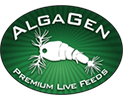
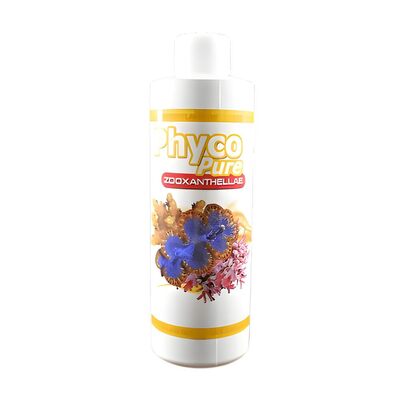
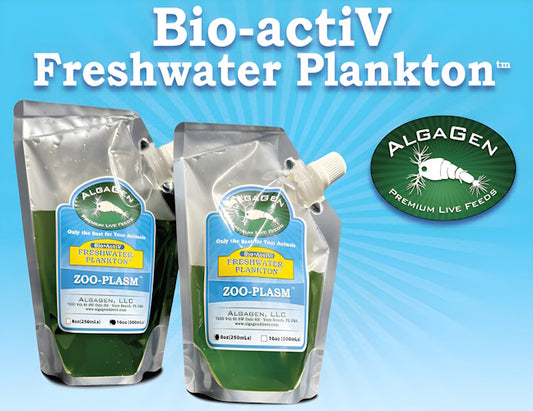
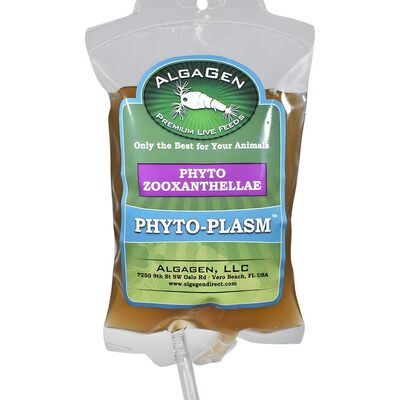
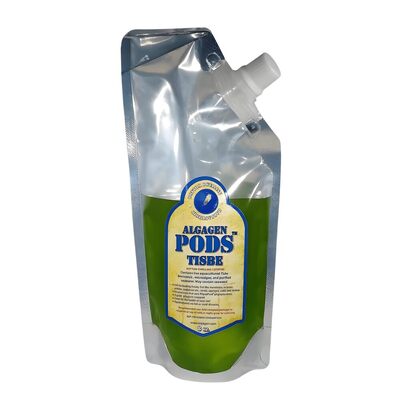
Recent post